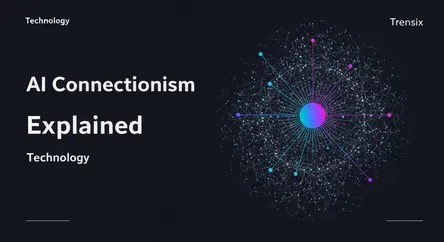Technology
AI Connectionism Explained

Explore Connectionism, the AI approach inspired by the human brain that powers today's deep learning and neural network technologies.
What is it?
Connectionism, also known as Parallel Distributed Processing (PDP), is an approach in artificial intelligence and cognitive science that models mental processes using artificial neural networks. Inspired by the structure of the human brain, connectionist models consist of many simple, interconnected processing units, or 'nodes,' which function like neurons. Knowledge in these systems isn't stored in a specific location but is distributed across the network in the form of connection strengths, or 'weights,' between units. The system 'learns' by adjusting these weights based on input data, gradually improving its performance on a task without being explicitly programmed with rules.
Why is it trending?
Connectionism is the theoretical foundation for the deep learning revolution that is currently dominating AI. While the core ideas have been around for decades, recent advancements in computing power (especially GPUs) and the availability of massive datasets have made it possible to build and train incredibly large and complex neural networks. This has led to groundbreaking successes in fields like computer vision, natural language processing, and game playing, making connectionist models the state-of-the-art solution for many complex problems that were previously intractable.
How does it affect people?
The principles of connectionism power many of the AI applications we use daily. When you ask a voice assistant a question, use a translation app, or see a personalized recommendation on a streaming service, you are interacting with a connectionist model. This technology is behind facial recognition on your phone, spam filters in your email, and the sophisticated systems that enable self-driving cars to perceive their environment. Its influence is profoundly reshaping industries and changing how we interact with information and the digital world.